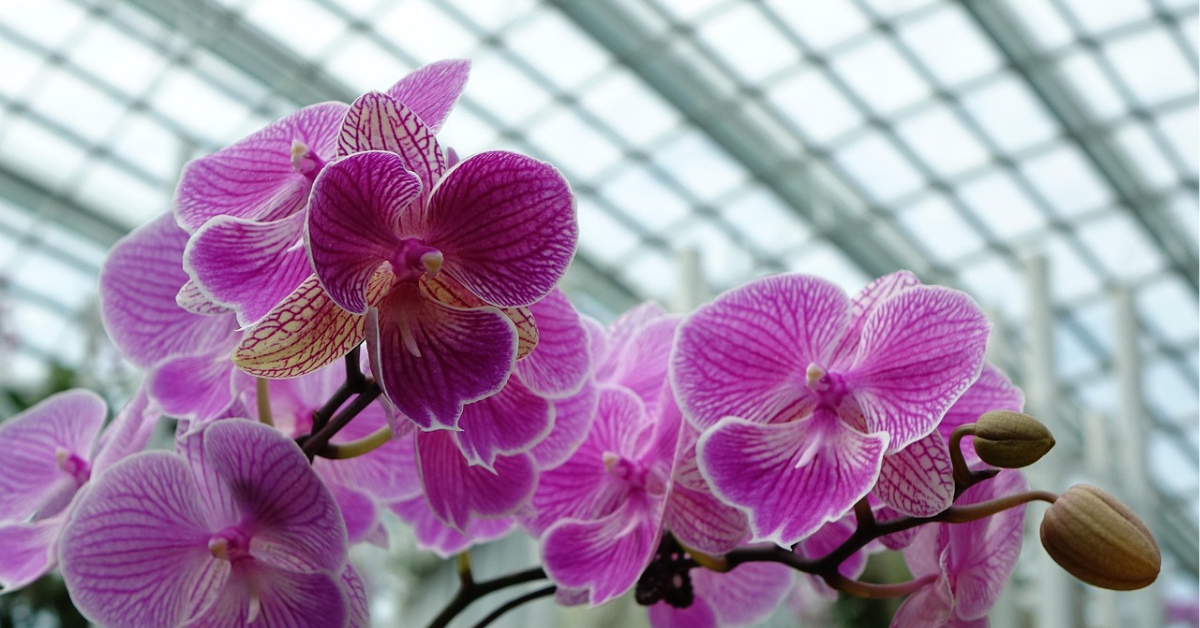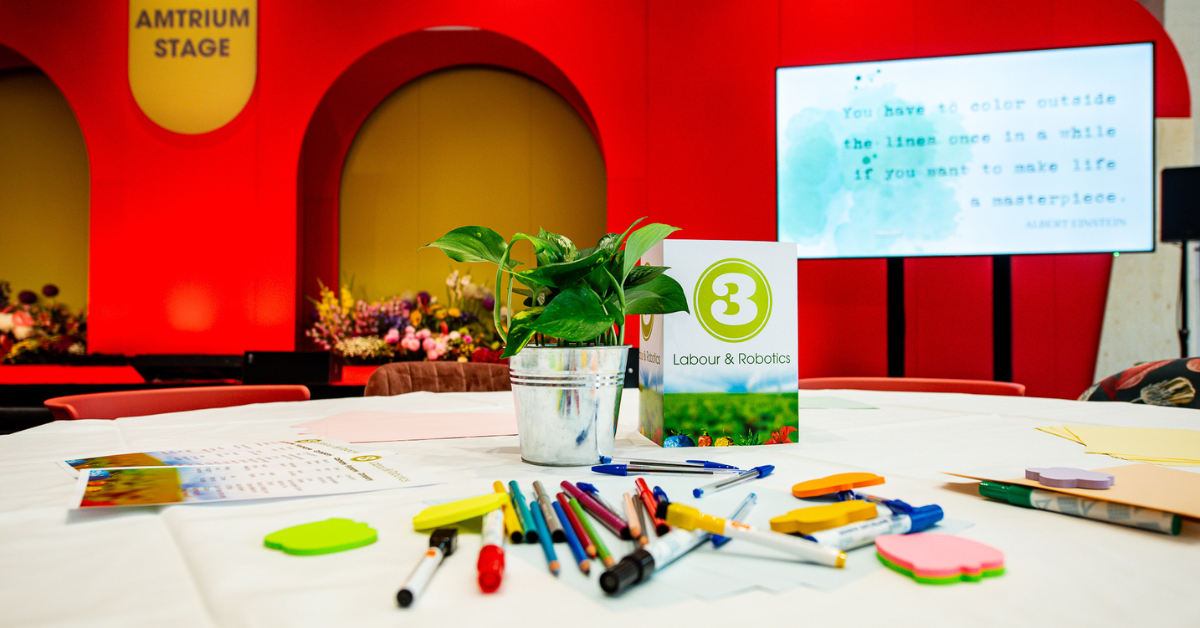WUR uses infrared cameras to dissect the world of plants
Wageningen University and Research centre has been using an infrared camera to take an inside look into the inner structure of plants. In the past year, they’ve photographically dissected roses buds, Anthurium leaves, lilacs and Viburnum giving them a look into the inner structures and health of the plants without penetrating the surface. The infrared cameras were also used in greenhouse settings to facilitate maintenance in detecting leaks and temperature fluctuations and disparities in the greenhouse.
The process is relatively simple as the technology already exists. The camera is pointed at the plant and picks up infrared radiation. The amount of radiation depends on the emissivity and temperature coming from inside and around the specific organism. Radiation is measured by detected how much radiation is reflected (like sunlight) and how much is transmitted by the leaf by the plant; transmission is usually low as leaves absorb only absorb a few wavelengths. Abilities such as delivering or absorbing heat are caused by the emissivity of the organism where each individual organism has a emissivity range from no emissivity, 0, to complete emissivity, 1. For example, Asphalt, the material that roads are made out of has a very high emissivity and emanates high levels of infrared radiation as it absorbs a lot of infrared radiation.
When orienting this concept around a greenhouse, as we know, there are many factors that can effect plant health and growth, the same goes for infrared measurement. Sunlight and water droplets on leaves can reflect a lot of infrared radiation. Even rubber pipes, potting soil, aluminium benches and black plastic emit high levels of infrared radiation with the aluminium benching emitting lower levels of radiation. This makes it harder to gauge the exact levels of infrared radiation and must be taken into account when using this tech when viewing the plants.

(Image Source: WUR)
The image above illustrates young chrysanthemums in a greenhouse environment. This means they’re surrounded by plastic pipes, soil and water droplets to show you the variability of radiation. According to WUR, “The cameras must be well oriented and free from disturbing sources to properly measure the temperature of a plant”
According to science direct, over time these cameras can be used to monitor plant health in real time and help further our development into plant maintenance and real time situation analysis and action.
How would you feel with the months hottest Horticulture Technology tips, trends and info at your fingertips? Sign up for our monthly newsletter to make sure you stay ahead of the game! #AskGreenTech
Share your horticulture technology stories with us
Do you have an innovation, research results or an other interesting topic you would like to share with the international horticulture technology industry? The GreenTech website and social media channels are a great platform to showcase your stories!
Please contact our Brand Marketing Manager Murkje Koopmans.
Are you an GreenTech exhibitor?
Make sure you add your latest press releases to your Company Profile in the Exhibitor Portal for free exposure.








